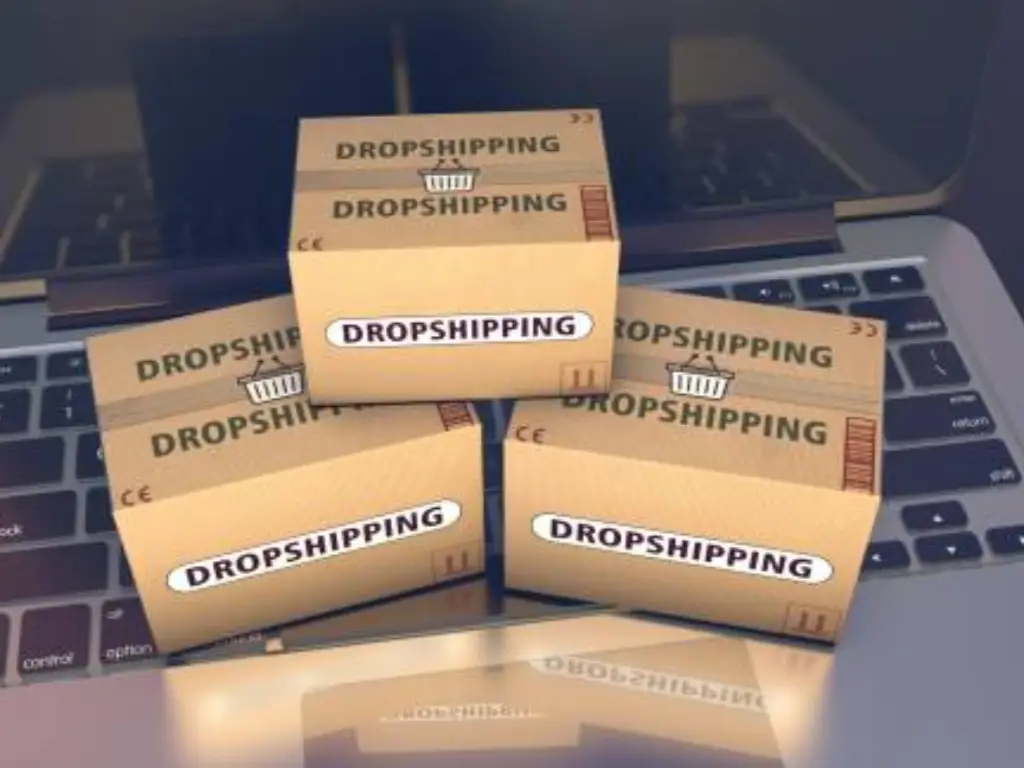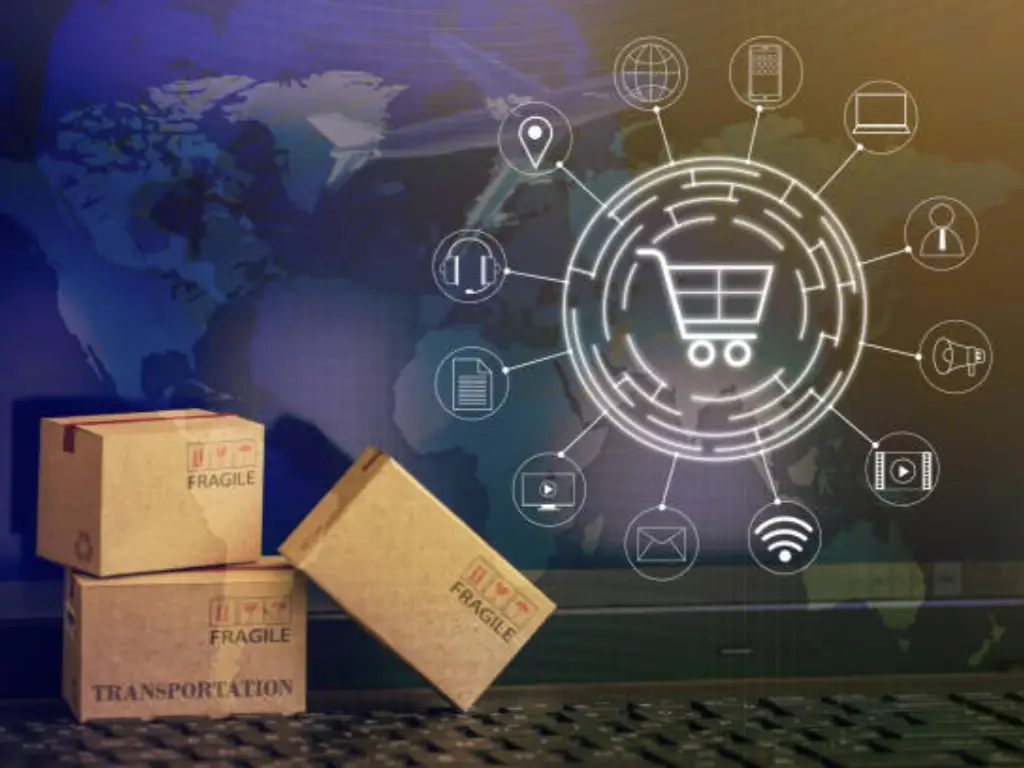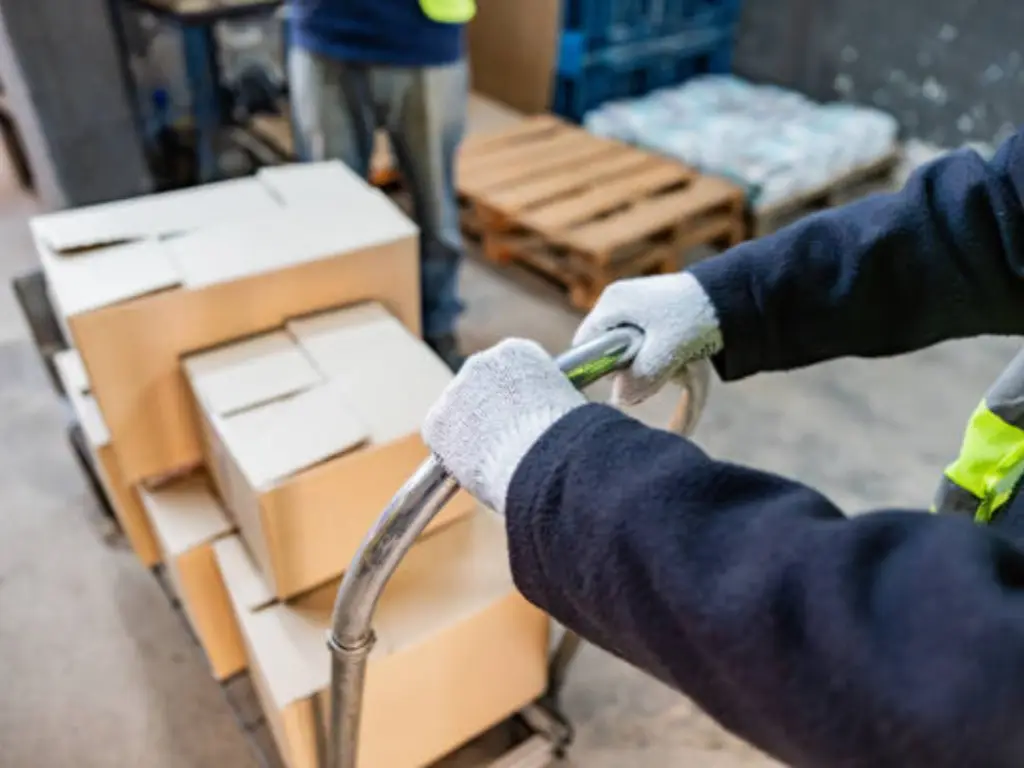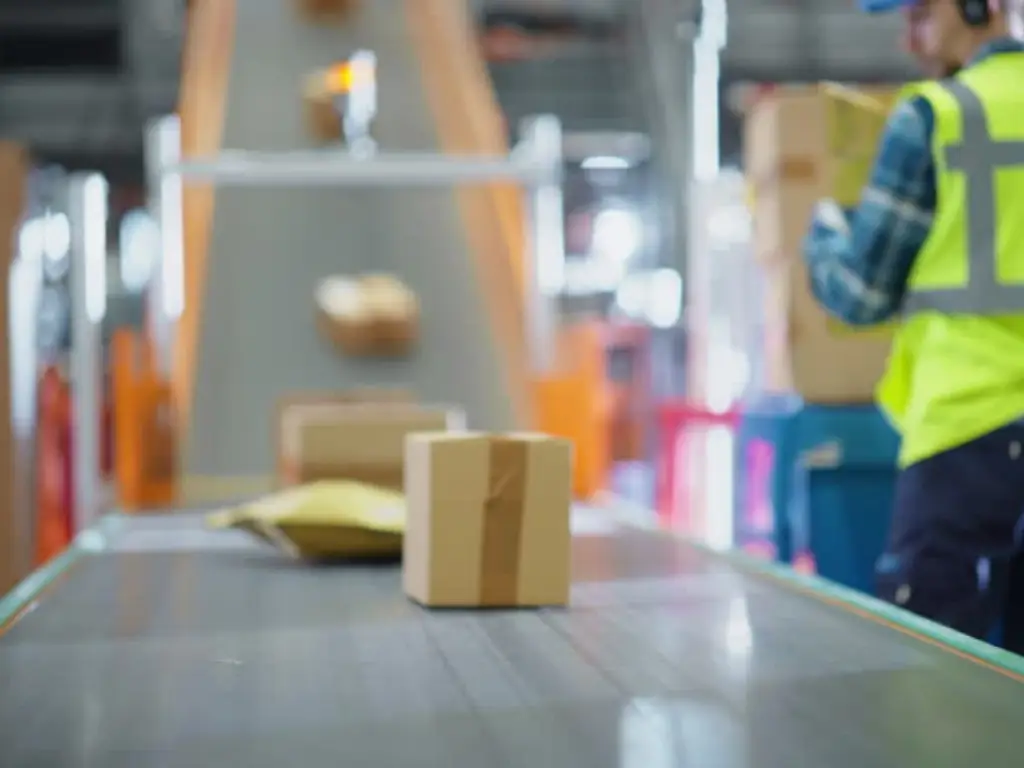Introduction
Have you ever wondered how online stores can have such a large variety of products and not have any inventory? The trick is a business concept known as dropshipping. It is a game-changer when you want to venture into the e-commerce business. No need to rent a huge warehouse, dropshipping means you sell products to your customers that are supplied by your supplier. But here is the thing: this is not a get-rich-quick scheme. It is a valid retail fulfillment technique that needs expertise in marketing, commitment to customer service, and an acute grasp of the process. This is your no-BS playbook. We are going to get into the nitty-gritty of how dropshipping works, breaking down the whole process of how to set up your online store, to what it takes to build a successful business that sticks around.
What Is Dropshipping?

Dropshipping is a retail fulfillment model in which your online shop sells goods without carrying any stock. You do not have to make the huge initial investment in inventory and deal with the logistical nightmare of storing inventory and shipping it like a conventional retail business. As a business owner, you will no longer be an inventory manager, but a marketing and customer relations expert. You create the brand, generate interest in the prospective customers, and close the deal.
The magic of the dropshipping model starts when a customer orders a product. As a seller of record, you just pass the order to your partner, the dropshipping supplier. Then their team at the fulfillment center picks, packs, and ships the product to the doorstep of your customer. You never handle the product. This simplified system enables you to sell a large variety of products through an entire network of suppliers with very little financial risk, and is a more streamlined and nimble method of operating an e-commerce business.
How Does Dropshipping Work Step by Step?
Setting Up an Online Store

The first thing is that you require a location to conduct business. This is your online shop, your online store or e-commerce site, and it is where the whole customer experience starts. It is not a mere technical procedure but the basis of the credibility of your brand. You will choose a platform like Shopify or WooCommerce, buy a professional domain name that indicates your niche, and make a clean, trustworthy-looking site. You will fill it with products of your selected suppliers, but you will not copy and paste. A smart entrepreneur composes persuasive descriptions and employs quality images to make those products irresistible. This first impression is paramount; a professional store creates the trust that is required to convert a window shopper into a paying customer. It is your only chance of making a first impression.
Partnering With Dropshipping Suppliers
You must first build your supply chain by finding reputable dropshipping suppliers before you can even list a product. This is an important, back-room process that defines the quality of your whole operation. You are not only finding a wholesaler but a business partner. It is your task to screen them thoroughly. Are their products of the quality that you would want? Do they have reasonable shipping times? What do they review? You may even make some test orders to test their fulfillment process yourself. It is a must to have a clear communication and know their policies on returns and stock issues. In many cases, you will formalize this through a dropshipping agreement contract, so that you and your network of suppliers are in perfect alignment when the first customer orders start coming in.
Customer Order Process
So, now we will see the magic through the eyes of the customer. Your store is found by a potential customer, we will call her Jane, perhaps because of your excellent search engine optimization or a well-placed ad on social media. She goes through your handpicked collection, falls in love with it, and puts something in her cart. The professionalism and design of your ecommerce store makes her confident to go ahead. She clicks Buy Now, fills in her payment and shipping details in your secure checkout and makes the purchase. In her eyes, she is transacting with you and you only. Her card is run through the payment gateway and the entire retail value of the product is deposited in your account. You have actually sold something and the customer is now looking forward to her new product.
Forwarding Orders to Suppliers
To the customer, the process appears to be finished. The main mechanic of how does dropshipping work now comes into play in your case. You do not walk to a stockroom, but you send the order to your supplier digitally. You receive the order information of Jane, her name, shipping address, and the product she ordered and send it to the respective dropshipping supplier. This may be done manually at the start through email, but as you scale, this becomes extremely automated through platform integrations. At this point, you pay the supplier their wholesale prices that they have agreed on the product. Your gross profit margin is the difference between the retail price that Jane pays you and the wholesale price you pay the supplier. It’s a clean, simple, and immediate transaction.
Shipping and Delivery Workflow
After you have sent the order and paid the supplier, you can step back on the physical logistics. The process of fulfillment is now completely under the control of your supplier. Their team at the fulfillment center is notified and they will select the right product in their inventory, pack it safely and handle the whole order fulfillment and shipping process. Their warehouse sends the package directly to the doorstep of Jane. Your supplier will then give you a tracking number which you relay to your customer immediately to keep her updated. Although you do not come in contact with the box, you are still the first point of contact. All customer support is your responsibility, including answering questions about delivery, and making sure Jane has a great customer experience throughout.
Dropshipping vs Traditional Ecommerce
The contrast between dropshipping and a conventional retail company is dramatic, with the main focus on inventory, cost, and daily operations. Inventory management is the most important difference. Conventional ecommerce requires a huge initial investment in own inventory that locks up a lot of capital and exposes the business to the risk of unsold inventory and storage space expenses. The dropshipping model removes this entirely; you do not buy an item until a customer has already paid you the money, which significantly reduces your financial risk and startup capital.
This functional distinction has a direct effect on your budget and your operations. Although traditional retail is expensive to start, bulk purchases can lead to a higher profit margin per sale. Dropshipping is a business with a low barrier to entry and usually a slim profit margin. As a result, a traditional ecommerce business owner is concerned with physical logistics on a daily basis, i.e. supply chain management and fulfillment process. Conversely, the workflow of a dropshipper is nearly fully digital and focuses on marketing, customer acquisition, and relationship management with their network of suppliers as opposed to physical goods.
Advantages of Dropshipping
- Low Startup Costs: The high cost of inventory, which is the major obstacle to traditional retail, is removed. In the dropshipping business model, you do not buy a product until a customer has paid you. This greatly minimizes financial risk, and you can start an online business with a small budget on your ecommerce site and marketing. It is an excellent method for a new business owner to test a business idea without a huge capital investment.
- Flexibility for Sellers: This model provides unmatched freedom. You do not have to be bound to a physical warehouse or inventory, so you can operate your business almost anywhere where there is an internet connection. This geographical freedom liberates you of the day to day logistics of managing inventory and shipping packages, and enables you to grow your business on a laptop, whether you are at home or on the road.
- Scalability and Product Range: It is much easier to expand your business. You are able to sell a broad range of products to your customer base since you do not need to pre-buy anything. It is simple to experiment with new products or switch to other niches. The more customers you have, the more your network of suppliers can take on the additional work of fulfillment, so this fulfillment model is very scalable without a corresponding increase in your own operational workload.
Disadvantages of Dropshipping
- Lower Profit Margins: You are purchasing products individually with your supplier as opposed to bulk, so you have a higher cost per product. This results in a narrower profit margin per sale. Once you factor in the cost of marketing, platform fees, and other business overhead, you will have to sell a very large amount of products to make a lot of money, which places a tremendous burden on your customer acquisition efforts.
- Competition and Market Saturation: The low barrier to entry for a dropshipping business means that popular niches can get very competitive very fast. This can lead to an extremely competitive market and price wars, resulting in a “race to the bottom” that can further reduce your already thin profit margins and make it hard to establish a strong brand.
- Challenges with Supplier Reliability: The performance of your supplier is entirely the reputation of your business. Any error they commit, like sending a product with low product quality, an unforeseen stockout, or delayed shipping, is on you. The customer purchased through your online store and therefore you are the contact point who has to deal with the angry emails and bad reviews.
- Shipping Complexities and Delays: When you have more than one supplier, particularly international suppliers, the logistics can be a nightmare. When a customer places an order with multiple products that are supplied by various partners, they will get different packages at different times and you will have to deal with various shipping expenses. This may result in a frustrating and confusing customer experience which causes support problems and destroys customer loyalty.
Essential Steps to Start a Dropshipping Business
A good business is based on a solid base, not on a whim. Following these basic steps is necessary for creating a successful dropshipping business.

- Conduct Niche and Product Research: First of all, a comprehensive market research is needed to find a lucrative niche that has been proven to have customer demand. The aim is to identify a particular target market and products that address a problem to that customer base. Study the market trends, analyze the competition and choose the products that can be sold with a healthy profit margin. This data-driven strategy is central to the creation of a powerful brand that does not need to compete only with low prices.
- Select Trustworthy Dropshipping Suppliers: This is among the most important steps in the whole dropshipping process. The performance of your supplier has a direct effect on the reputation of your business. Seek suppliers that have a long history, good industry reputation, and communication. It is strongly advised to order the samples of the products to check the quality of the products and test the shipping speeds yourself. A professional relationship, which is formalized by a dropshipping agreement contract, is one of the main assets to long-term stability.
- Create an Optimized Storefront: Your main sales channel is your ecommerce store. It has to be professional, quick, and customer friendly. A good storefront creates trust and a good customer experience, which is critical in turning visitors into paying customers. Look at the convenience of navigation, good product images, and an easy checkout process.
- Develop a Marketing and Customer Acquisition Strategy: An excellent ecommerce site with quality products cannot work without traffic. You need to come up with and implement a detailed business plan on customer acquisition. This includes the application of different digital marketing tools to target your potential customers, such as search engine optimization (SEO) to generate organic traffic, active social media marketing, value-added content creation, and even affiliate marketing to expand your reach.
Common Beginner Mistakes in Dropshipping
Most new entrepreneurs fail because they fall into two traps. The first one is the neglect of legal considerations. When starting an online store, novices tend to overlook some of the basic procedures such as registering the business properly, learning the complicated sales tax regulations, and developing the necessary site policies. Failure to do this may cause serious legal and financial issues in the future, which will destroy the basis of your prosperous business.
The second major mistake is the failure to support customers. New dropshippers usually believe that their work is finished once they send an order to the supplier. But you have no control over the quality of the products or shipping, so you need to support. Any problem, whether it is shipping delays or damaged goods, is your sole point of contact. Bad service is fast to be reviewed and charged back. Delivering a great customer experience, particularly in the event of something going wrong, is a major way of creating a loyal customer base and safeguarding your brand reputation.
Partnering with a Dropshipping Agent like SpeedBeeDropshipping
It is necessary to address the issues of supplier reliability and shipping. This is where a specialized agent such as SpeedBeeDropshipping can be of great operational benefit. Being the first dropship supplier that aims at providing you with the direct control over your supply chain, they provide a solution that is aimed at reducing the risks that are common to your online business.
SpeedBee will take all fulfillment risk. They ensure that all orders are delivered and offer free reshipment of any packages that are lost by carriers or final-mile delivery failure or product quality problems like damage or defects. This provides you with better inventory and packaging control than large platforms. In addition, they offer essential services in the development of a powerful brand such as product sourcing and private labeling. These services will assist in making sure that your customer experience is positive and will help your business have long-term stability.
Conclusion
Finally, what is dropshipping? It is a lean business model that enables you to be a digital storefront, linking customers and products without ever having to handle the inventory yourself. It is smart enough to outsource the physical order fulfillment and logistics, so you can concentrate on creating a brand and learning marketing. However, its low barrier to entry is offset by high risks, that is, lower profit margins and high dependency on the performance of suppliers. The model is not the place to find true success, but in the execution. It requires intensive market research, careful selection of suppliers, and a firm determination to offer an excellent customer experience. Dropshipping is a strong and viable option into the world of e-commerce to the entrepreneur who is aware of these realities and is willing to work hard.



